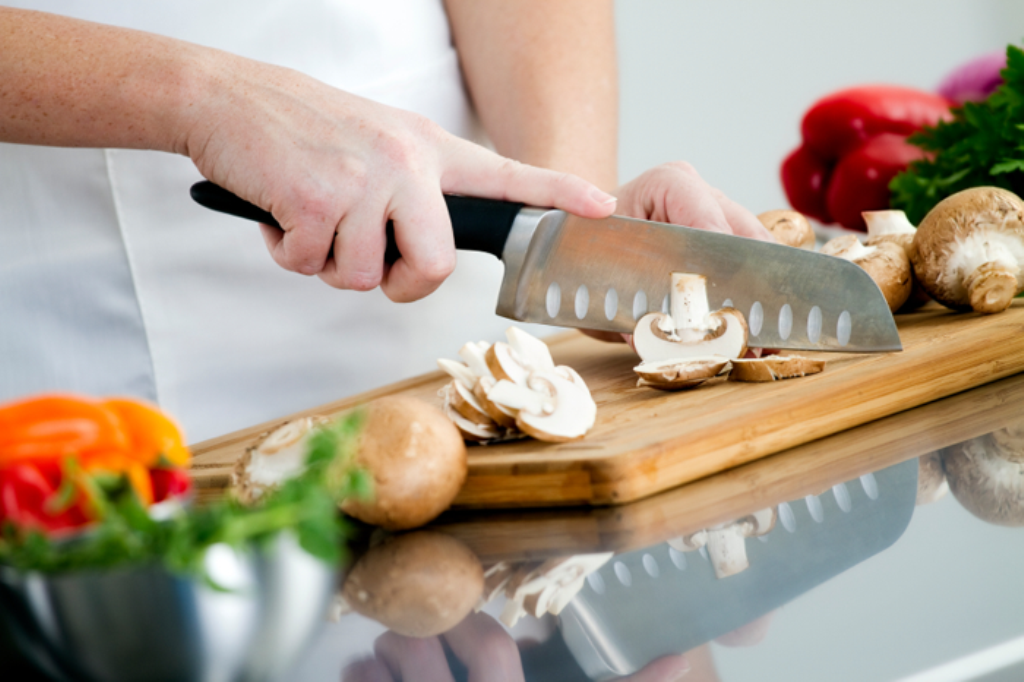Choosing the Right Color Cutting Board for Barbecue Enthusiasts
Written By James Morgan
When it comes to barbecuing, every seasoned grill master knows that even the smallest details matter. One such detail that often gets overlooked is the color of your cutting board. While it may seem trivial, choosing the right color cutting board can elevate your barbecue game by enhancing both efficiency and food safety.

The Importance of Cutting Boards
Before diving into the specifics of color, its essential to understand the fundamental importance of cutting boards. They are a kitchen staple, protecting your countertops while providing a safe surface for food preparation. However, not all cutting boards are created equal.
Barbecue enthusiasts often deal with various types of foods, each requiring different handling to keep flavors distinct and avoid cross-contamination. This brings us to the reason why color-coded cutting boards are highly recommended.

Understanding Color Coding
Color-coded cutting boards are designed to prevent cross-contamination by assigning a specific color to different food types. This method is widely used in professional kitchens but can be incredibly beneficial for home barbecues as well.
Red for Raw Meat
Your barbecue likely involves a lot of raw meats, from steaks to ribs and chicken thighs. Using a red cutting board specifically for raw meats will help you keep things sanitary, reducing the risk of harmful bacteria spreading to other foods.
Green for Vegetables
Vegetables play a crucial role in complementing your perfectly grilled meat. Using a green cutting board exclusively for veggies ensures they remain free from raw meat juices, maintaining their fresh and crisp quality.
Yellow for Poultry
If chicken is a staple at your cookouts, dedicating a yellow cutting board to poultry can be a game-changer. This distinction helps avoid the mingling of chicken juices with other meats and vegetables, reducing the chances of cross-contamination and ensuring food safety.
Blue for Seafood
Seafood lovers will also benefit from understanding cutting board color codes. Use a blue cutting board for fish and other seafood to keep their unique flavors from mixing with other food items.

Other Considerations
Besides preventing cross-contamination, using color-coded cutting boards can streamline your prep process. You'll know exactly which board to use without second-guessing, making your barbecue preparation more efficient.
Additionally, you might wonder about the material of the cutting boards. While color is essential, the material is equally important. For example, plastic boards are generally more hygienic and more accessible to clean, making them popular in professional kitchens. On the other hand, wood cutting boards are often favored for their aesthetic appeal and durability.
For more insights on the benefits of different types of cutting boards, you can read this article from Southern Living.
FAQs
Why are color-coded cutting boards recommended?
Color-coded cutting boards are recommended to prevent cross-contamination between different types of food. This practice is both a food safety measure and a way to maintain the distinct flavors of each food type.
Can I use any cutting board material?
Yes, but each material has its pros and cons. Plastic boards are easy to clean, while wood boards are durable and aesthetically pleasing. Choosing a board that fits your needs and preferences is essential.
How often should I replace my cutting boards?
It's advisable to replace cutting boards once they show significant wear and tear or deep grooves that can harbor bacteria.
As an Amazon Associate, I earn from qualifying purchases.



